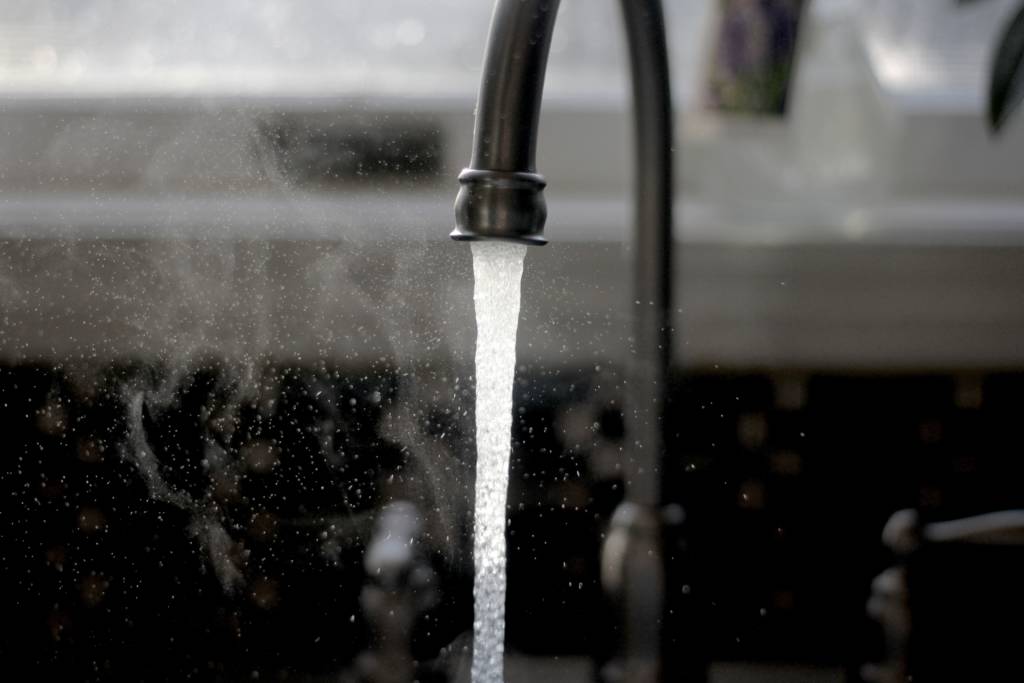
350 E Kathleen Ave
ste, 400
Coeur d' Alene, Id
83815
1-208-719-9010
Call or text
Mon - Fri: 9:00 - 5pm
Weekends by appointment Book your apt Here

ste, 400
Coeur d' Alene, Id
83815
Call or text
Weekends by appointment Book your apt Here

ste, 400 Coeur d' Alene, Id 83815
Call or text
Weekends by appointment
Book your apt Here
Last updated on May 31st, 2023 at 12:35 pm
Wells are a common part of life if you’re going to live in Rural North Idaho. Especially if you’re going to own land. Yes, there are some areas with community water systems that share a well and if you’re in town you will be on city water. But if you are going to live rurally chances are you are going to have to deal with a well. This post I am going to try to give you an overview of the area and some problem-solving ideas for some of the wells and some resources for you to explore further on your own.

Water quality can be great if you are on the aquifer and in many other areas but we do also have pockets of not so great water. Water with iron or sulfur smell in it. And quality depends on where the well is. You can have 2 adjoining properties each with a well and if one got dropped into a prehistoric forest and the other did not your quality can be totally different. Community systems are checked for water quality a couple of times a year. Private wells it’s up to you the owner or the buyer to check your quality. For more information on this subject check out wellowner.org.
There are solutions for the quality depending on how much maintenance you want to do. There are filtration systems for the iron or the sulfur. I see more of the iron issue than a sulfur issue but have seen both. How will you know when you’re seeing a home? Usually look for the orange stains in the toilets or tubs. Sometimes people will change out those items before the sale but look at outside water spickets, rocks where the lawn has been watered. There are usually signs. The sulfur you can smell just run a little water. It is always a good idea to get the quality tested and have them look for other elements and bacteria in the water. But overall we have pretty good water in this area. To test your water look into accurate testing labs or Panhandle Health.
If your buying a home and financing a home in any manner that requires the property to meet HUD guidelines the home will have to pass a water quality test. And they do pull those off a filtration system. So it is the water that is actually getting deposited in the home.
One of my first questions as your considering having adequate water is how much water do you need? Most of our community systems allow you 20,000 gallons of water a month. Or 666 gallons of water a day. Most people never use that much water some people go over occasionally. I know in my community system that my property is on I am allowed 25,000 per month or 833 gallons a day.
So that is the basics of how the community systems work. You get x amount of gallons for x amount fee. Most of our community systems are running around $25 per month for 20,000 or 25,000 gallons of water. And most of them are $1 per thousand gallons over.
.
Most kitchen faucets flow at a maximum rate of 2.2 gallons per minute.
Most bathroom faucets flow at .5 gallons per minute up to about 1.5 gallons per minute.
They say the average shower is 20 minutes long and uses 17.2 gallons of water or flows at 2.1 gallons per minute.
The average washing machine uses approximately 27 gallons of water per wash and some as little as 14 gallons of water.
The average dishwasher uses 4-6 gallons of water per load.
Toilets use approximately 1.6 gallons of water per flush
They say we use on average 80-100 gallons of water a day per person.
A horse is going to drink at least 10 gallons of water per day on average

And the biggest question is how do you figure out what you have. Wells in the state of Idaho have been kept recorded since about 1980 timeframe roughly. The Idaho Department of Water is who keeps a record of them and you will find them filed by the properties legal description, address or its range and township.
Gallons per minute are important but also the depth of the well and the static water level. The static water level is at what point did they hit the water. Let’s say for instance its a 200 ft deep well but static water is at 80 feet. This means they hit the water at 80 ft and there is 120 feet of water sitting in the well before you hit bottom. That number is important because depending on the size of the casing (pipe going into the ground) it will tell you how many gallons of water is sitting in your well. The well report will usually say something to the extent of 6-inch pipe to 100ft and then 4-inch pipe to 200 or something of that nature. You figure a 6-inch pipe holds roughly 1 gallon of water per foot. So 200 ft of 6-inch pipe on the well that has 120 feet of water sitting in it would be telling you that you have 120 gallons of water sitting in that well. A 4 Inch pipe holds a little over 1/2 of a gallon of water per foot. These numbers become important when you are calculating your usage and how hard your well is actually going to have to work. And trying to calculate what type of system makes sense for you.
Some people will tell you at least 5 gpm (gallons per minute) others will tell you your fine at 2. I’m going to say it depends. It depends on your use, your long-term goals and basically what you are trying to accomplish. And it depends on the rest of your system. A lot of people that have a lower producing well add a holding tank. Tank goes underground and the water comes from the well to it and then from it to the house. That is a perfectly normal solution to many lower producing wells. Average tank size can be anywhere from 1000 gallons up to about 3000 gallons.
You figure the lower producing 2 gpm well still produces 2880 gallons of water a day. 2000 gallons more than the average community system provides you or a city service provides.
Here are The FHA well guidelines.
serves existing Properties that cannot feasibly be connected to an acceptable public or Community Water supply System;
Is capable of providing a continuous supply of water to involved Dwelling Units so that each existing Property simultaneously will be assured of at least three gallons per minute (five gallons per minute for Proposed Construction) over a continuous four-hour period. The well itself may have a lesser yield if pressurized storage is provided in an amount that will make 720 gallons of water available to each connected existing dwelling during a continuous four-hour period or 1,200 gallons of water available to each proposed dwelling during a continuous four-hour period.
The shared well system yield must be demonstrated by a certified pumping test or other means acceptable to all agreeing parties.
provides safe and potable water.
An inspection is required under the same circumstances as an individual well. This may be evidenced by a letter from the health authority having jurisdiction or, in the absence of local health department standards, by a certified water quality analysis demonstrating that the well water complies with the EPAs National Interim Primary Drinking Water Regulations;
has a valve on each dwelling service line as it leaves the well so that water may be shut off to each served dwelling without interrupting service to the other Properties;
and serves no more than four living units or Properties.”
Wells can be a little complicated and require some maintenance but we have some great companies in our area that are very helpful. H²O Well Services
United Crown Pump and drilling and more.
I hope this has been a help to you and gives you someplace to start with your education on wells and some good resources for getting your questions answered. If you need assistance with any rural real estate property needs please don’t hesitate to call on an expert.
More land tips be sure to check out our post on How to buy Vacant Land.